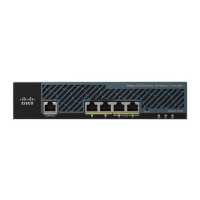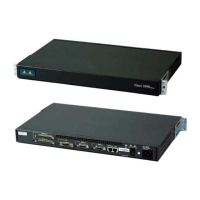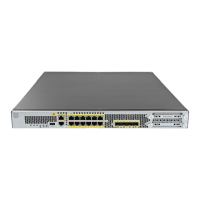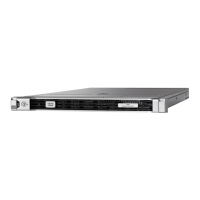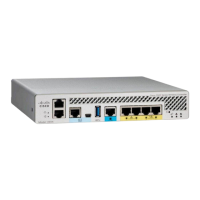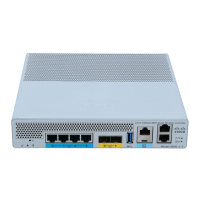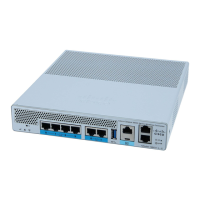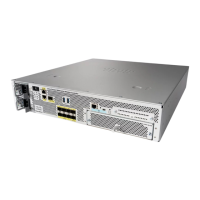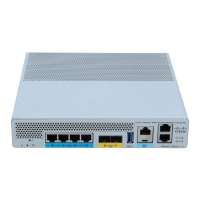Contents
v
Cisco Wireless LAN Controller Configuration Guide
OL-17037-01
Using the CLI to Configure the Management, AP-Manager, Virtual, and Service-Port Interfaces 3-13
Using the CLI to Configure the Management Interface 3-13
Using the CLI to Configure the AP-Manager Interface 3-14
Using the CLI to Configure the Virtual Interface 3-14
Using the CLI to Configure the Service-Port Interface 3-15
Configuring Dynamic Interfaces 3-16
Using the GUI to Configure Dynamic Interfaces 3-16
Using the CLI to Configure Dynamic Interfaces 3-18
Configuring Ports 3-19
Configuring Port Mirroring 3-22
Configuring Spanning Tree Protocol 3-23
Using the GUI to Configure Spanning Tree Protocol 3-24
Using the CLI to Configure Spanning Tree Protocol 3-28
Enabling Link Aggregation 3-29
Link Aggregation Guidelines 3-32
Using the GUI to Enable Link Aggregation 3-33
Using the CLI to Enable Link Aggregation 3-34
Using the CLI to Verify Link Aggregation Settings 3-34
Configuring Neighbor Devices to Support LAG 3-34
Configuring a 4400 Series Controller to Support More Than 48 Access Points 3-34
Using Link Aggregation 3-35
Using Multiple AP-Manager Interfaces 3-35
CHAPTER
4 Configuring Controller SettingsWireless Device Access 4-1
Using the Configuration Wizard 4-2
Before You Start 4-2
Resetting the Device to Default Settings 4-3
Resetting to Default Settings Using the CLI 4-3
Resetting to Default Settings Using the GUI 4-3
Running the Configuration Wizard on the CLI 4-4
Using the AutoInstall Feature for Controllers Without a Configuration 4-6
Overview of AutoInstall 4-6
Obtaining an IP Address Through DHCP and Downloading a Configuration File from a TFTP
Server
4-7
Selecting a Configuration File 4-8
Example of AutoInstall Operation 4-9
Managing the System Date and Time 4-10
Configuring an NTP Server to Obtain the Date and Time 4-10
Configuring the Date and Time Manually 4-10
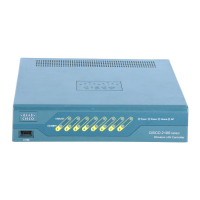
